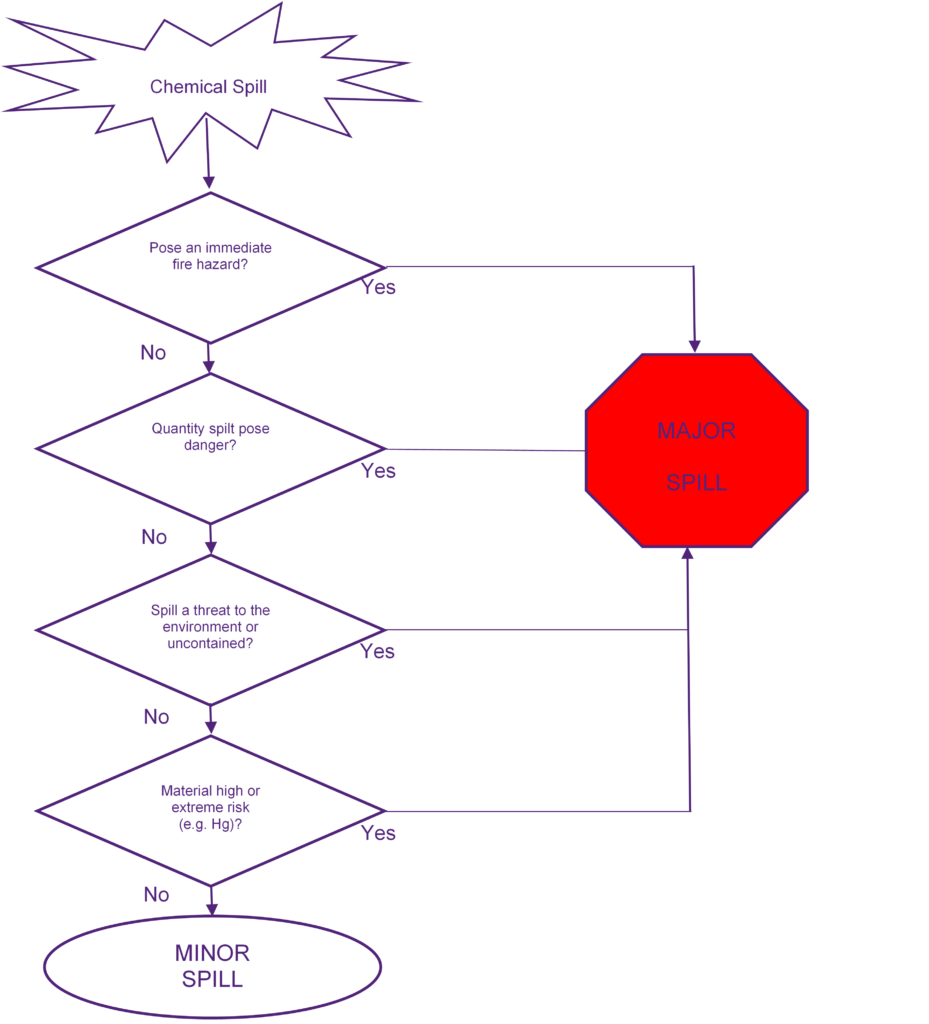What are the three spill classifications?

Spills can occur in various settings, from industrial facilities to residential homes. It is crucial to understand the severity and potential impact of a spill to effectively respond and mitigate its effects. In this guide, we will explore the three spill classifications and their implications.
Spill Classifications Explained
What is a spill classification?
A spill classification is a system used to categorize spills based on their severity and potential harm to the environment and human health. It helps responders assess the level of risk associated with a spill and determine the appropriate response measures.
Why are spills classified?
Classifying spills allows for a standardized understanding of their impact and aids in the development of response plans. It enables responders to prioritize their actions and allocate resources effectively, ensuring a swift and effective response.
What are the three spill classifications?
The three spill classifications are:
- Class A: This classification represents the most severe and hazardous spills. Class A spills pose significant risks to human health and the environment. Examples include spills of highly toxic chemicals or large-scale oil spills.
- Class B: Class B spills are moderate in severity and have a moderate impact on human health and the environment. These spills typically involve hazardous substances but are less severe than Class A spills.
- Class C: This classification represents minor spills with minimal impact on human health and the environment. Class C spills are generally small-scale and involve non-hazardous substances.
How are spills classified?
Spills are classified based on their characteristics, such as the type of substance involved, quantity, toxicity, and potential impact on the environment and human health. These factors are evaluated to determine the appropriate classification.
Effects of Different Spill Classifications
The effects of spills vary depending on their classification:
- Class A spills can lead to severe contamination of soil, water bodies, and air. They often require extensive cleanup efforts and can have long-term ecological and health consequences.
- Class B spills, while less severe, still have the potential to cause significant harm. They may result in localized contamination and require prompt response to prevent further damage.
- Class C spills typically have minimal immediate impact and are relatively easy to manage. However, even minor spills should be addressed promptly to prevent any potential escalation.
Preventing and Responding to Spills
Regardless of the spill classification, it is essential to have effective prevention and response measures in place:
- Implementing rigorous safety protocols and training programs can help prevent spills from occurring.
- Having proper containment systems and spill response equipment readily available is crucial for minimizing the spread and impact of spills.
- Developing comprehensive spill response plans and conducting regular drills ensures a prompt and efficient response in the event of a spill.
Conclusion
Understanding the three spill classifications is vital for effectively responding to spills and minimizing their impact on the environment and human health. By having a standardized system in place, responders can efficiently assess the severity of a spill and implement the necessary measures to mitigate its effects.
Frequently Asked Questions
What is a Class A spill?
A Class A spill is the most severe classification, involving highly hazardous substances that pose significant risks to human health and the environment. Examples include spills of toxic chemicals or large-scale oil spills.
What is a Class B spill?
Class B spills are moderate in severity and have a moderate impact on human health and the environment. They typically involve hazardous substances but are less severe than Class A spills.
What is a Class C spill?
Class C spills are minor in nature and have minimal impact on human health and the environment. These spills are generally small-scale and involve non-hazardous substances.
What are the recommended response measures for each spill classification?
The recommended response measures vary depending on the spill classification. For Class A spills, immediate evacuation, containment, and specialized cleanup procedures are necessary. Class B spills require prompt containment, cleanup, and appropriate disposal of hazardous materials. Class C spills typically involve minor cleanup efforts, such as using absorbent materials to contain and collect the spilled substance.

Leave a Reply